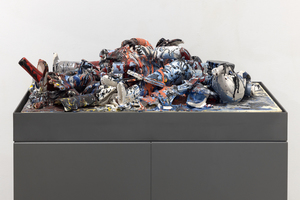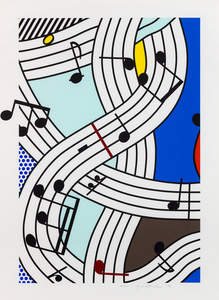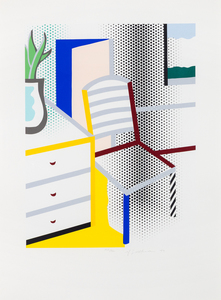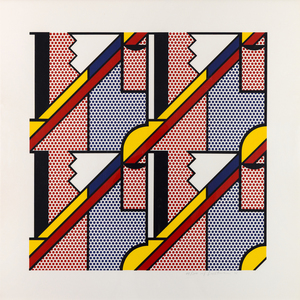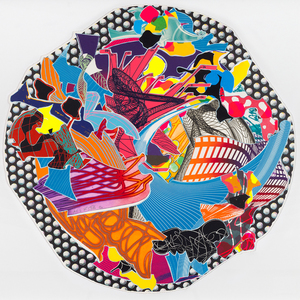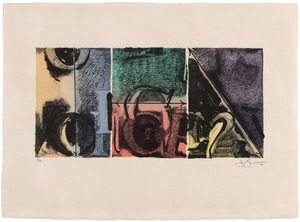Heather James Fine Art est fière de présenter une sélection des œuvres d'art les plus récentes de notre galerie. Des chefs-d'œuvre de Frida Kahlo, Alfred Sisley et Ansel Adams ne sont que quelques-unes des œuvres d'art impressionnistes, modernes, d'après-guerre et contemporaines actuellement disponibles chez Heather James. Si un artiste ou une œuvre en particulier vous intéresse, n'hésitez pas à nous contacter Si un artiste ou une œuvre en particulier vous intéresse, contactez-nous et nous travaillerons avec vous pour compléter votre collection.

_tn47012.jpg )
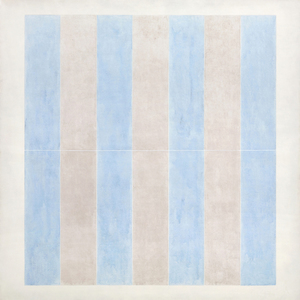
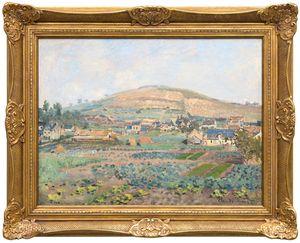
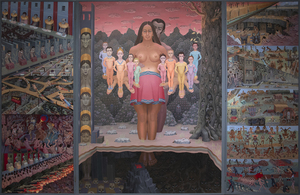
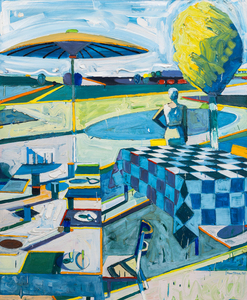
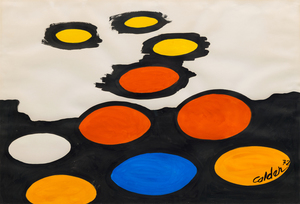
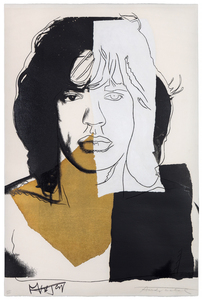
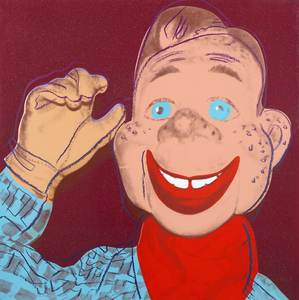
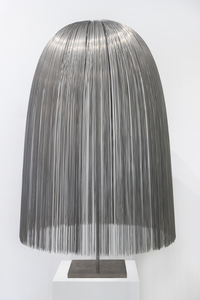
_tn47464.jpg )
